The 2026 F1 cars are set to initially be between one and two-and-a-half seconds slower per lap, according to FIA single-seater director Nikolas Tombazis.
With the championship overhauling both its chassis and power unit regulations for next year, there has been considerable anticipation and intrigue over what lies in store as F1 ushers in a whole new era.
There has also been significant concern surrounding the impact of the new rules when they come into force. In particular, there has been a sharp focus on how fast the new cars will be compared to the existing models, something that the Greek designer says he is "surprised" by.
Some of the scaremongering has suggested the next generation of cars will be as slow as F2 machinery, but Tombazis has dismissed those claims.
"I'm always surprised by how important this topic is to people," Tombazis told Auto Motor und Sport.
"There have been phases throughout the history of the sport where lap times have slowed.
"I don't think that's harmed the sport. You get used to it quickly. There are also differences of one and a half seconds in the field. Does that make the slower car an unattractive race car?
"The driver feels the one and a half seconds. From the outside, you hardly notice it."
Viewed by others:
What is changing?
Whilst recent regulations changes have focused on aerodynamic (chassis) rewrites, the 2026 rules set will see substantially different power units as well as actual cars.
At a high level, active aerodynamics, which will see the front and rear wings have two different configurations, one for straights and another for corners, will replace ground effects and DRS.
Downforce and drag are also intentionally being reduced to create better racing, so despite the cars being smaller and lighter, they will naturally be slower - at least at first. This will be compounded by changes on the other side of the technical rulebook.
Currently, F1 power units derive 15% of their energy from electrical power; this is increasing to a 50/50 split next year.
Whilst there are other changes also being made to power units, this is the nexus of the concern surrounding the new regulations, as conventional power from the internal combustion engine (ICE) is being reduced.
One expected associated issue is clipping, which is when the electrical power has reached maximum deployment towards the end of a straight, reducing power output and, as a consequence, top speed - the worry is that this will become more of a problem with the new rules.
The overarching concern is that, combined, the changes will see lap times fall off a cliff.
But Tombazis has some good news in that area, stating: "To reassure you: According to our simulations, the cars are getting between one and two and a half seconds slower per lap.
"But that's just the beginning," he explained. "The teams will develop the cars quickly. Soon, no one will complain that the cars are too slow.
"We're not sinking to Formula 2 level," he added, which is usually 10-15 seconds per lap slower than the current generation of F1 cars.
Although the 57-year-old did acknowledge that some teams may find themselves worse off than others, which in itself is not unusual at the advent of new regulations.
"To be fair, I have to admit that we haven't received data from all teams about the expected downforce of their cars," Tombazis said. "So it's possible that some may be worse positioned at the beginning."
Also interesting:
Join RacingNews365's Ian Parkes, Sam Coop and Nick Golding, as they reflect on the first 14 rounds in this F1 summer break special! Red Bull's early driver change is looked back on, whilst calls from Bernie Ecclestone for Lewis Hamilton to retire are discussed.
Rather watch the podcast? Then click here!
Don't miss out on any of the Formula 1 action thanks to this handy 2026 F1 calendar that can be easily loaded into your smartphone or PC.
Download the calenderMost read

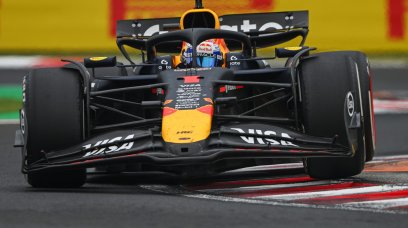



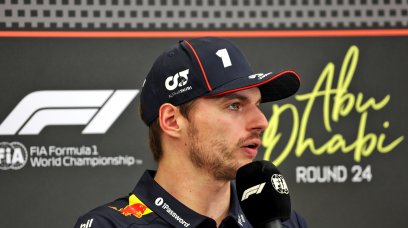

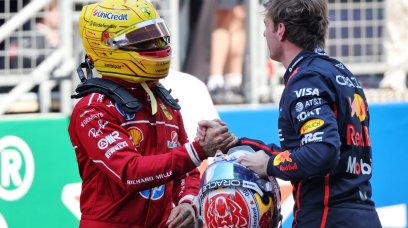

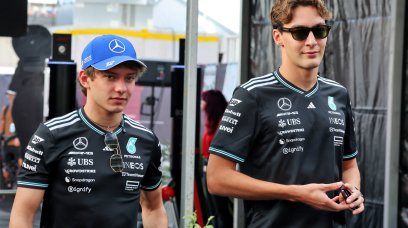
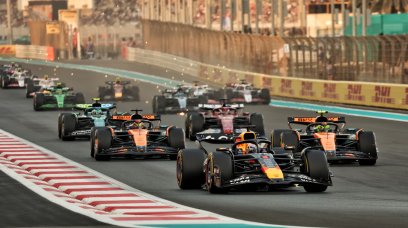
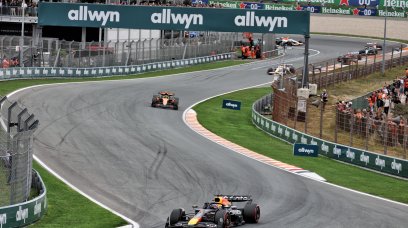
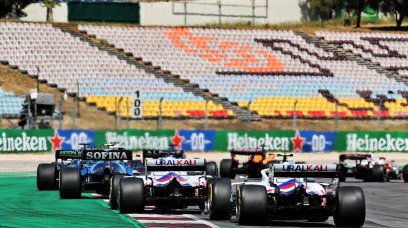
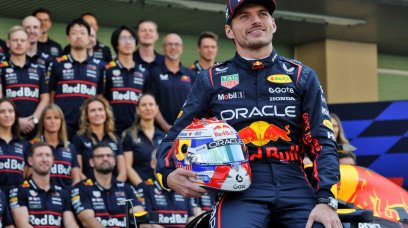
Join the conversation!